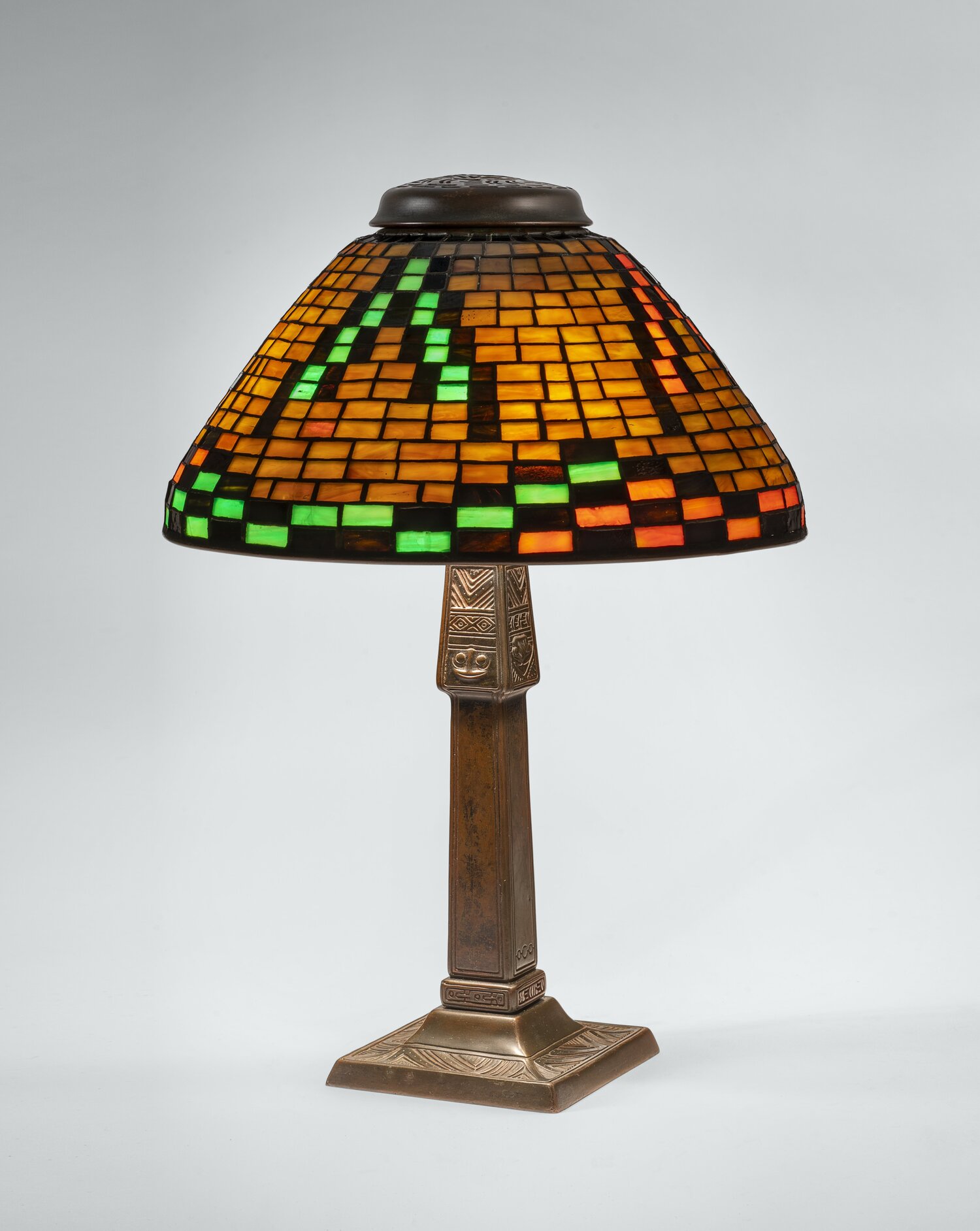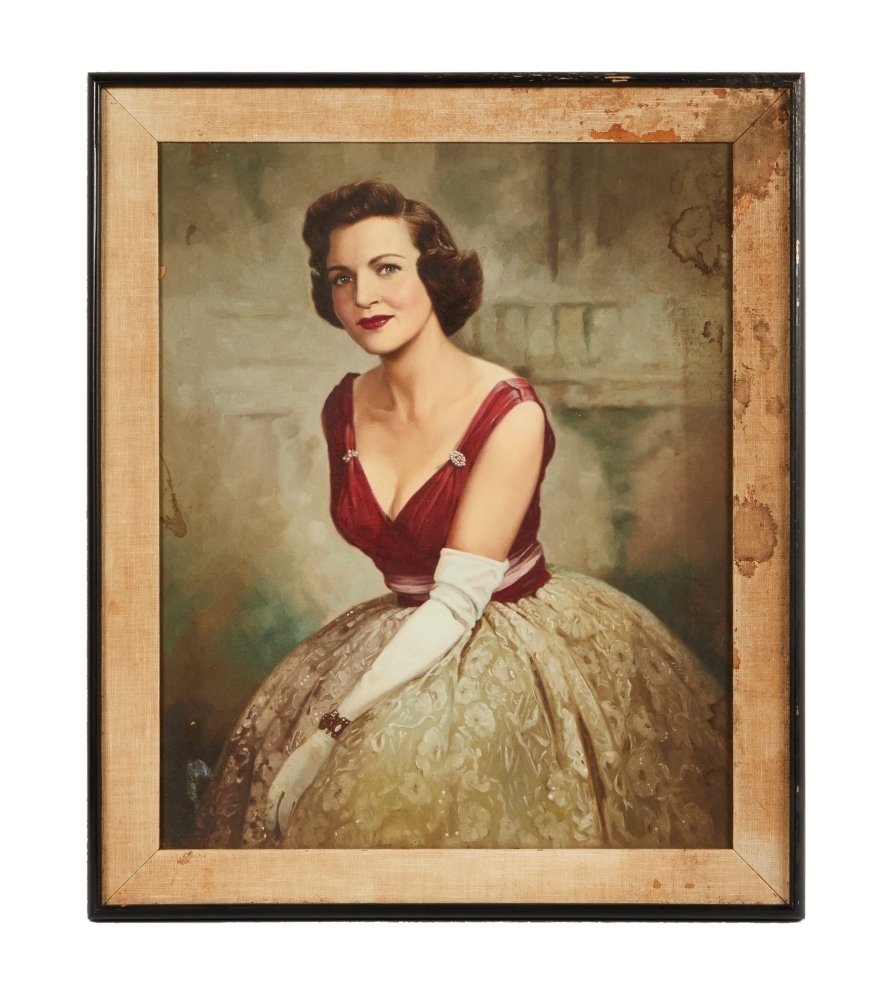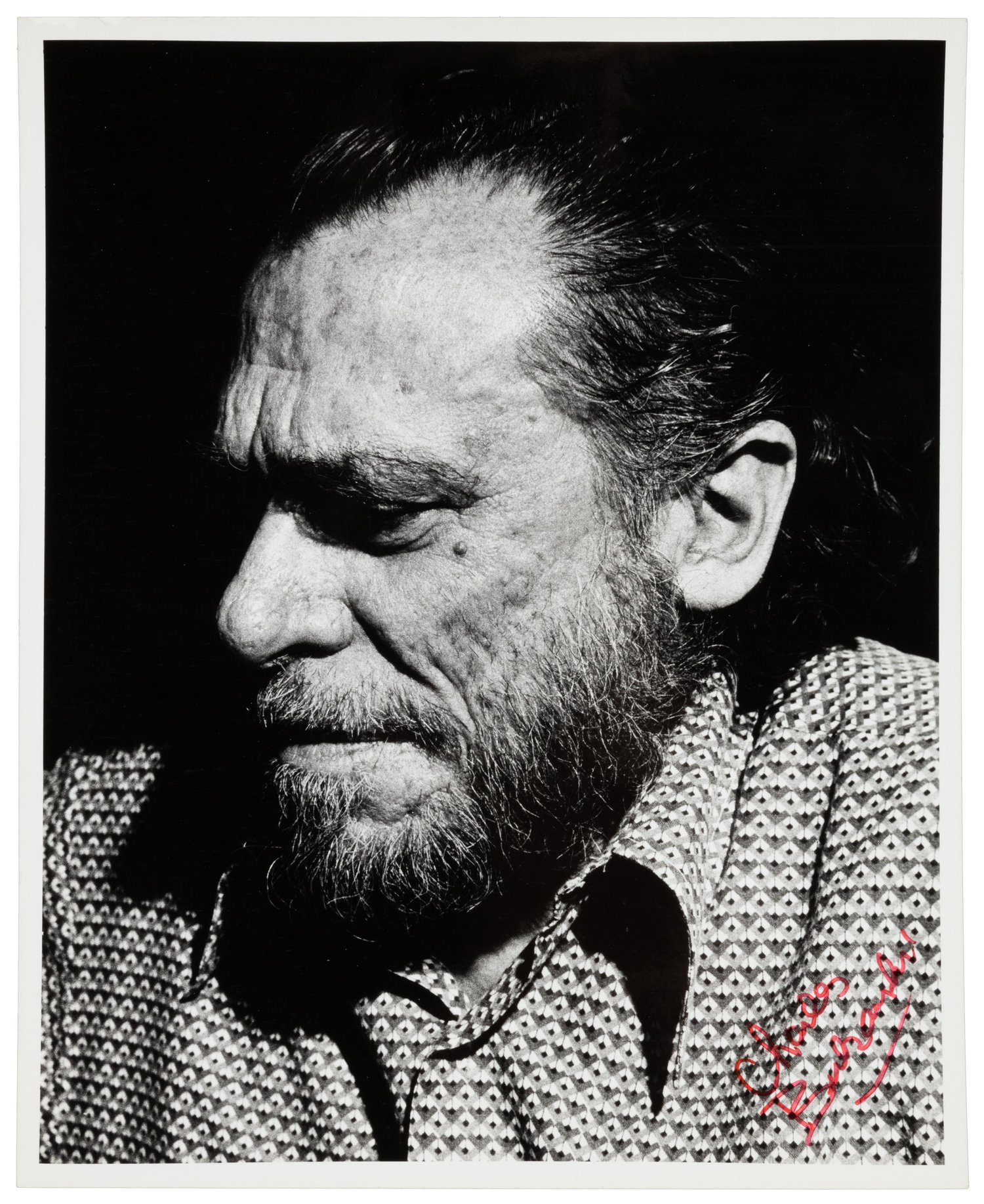#Tiffany #Glass #Cut #LiveAuctionTalk
Later he studied with American landscape artist George Inness and Samuel Colman in New York City and Léon Bailly in Paris.
Tiffany exhibited his paintings at the National Academy in 1807 and continued to exhibit yearly at their spring exhibitions. His paintings were praised but he didn’t sell many and remained dependent on his father to cover his bills.
Around 1875 Tiffany became interested in glassmaking and interior design. He had a great eye for color and design and with his father’s contacts later established himself in his first glass factory in Corona, New York.
Tiffany could see the possibilities of glass design in modern homes, the harmonies between colors, the shapes, and sizes all contributing to one another in a single art glass piece like his leaded-glass lamps. Tiffany’s glass came to epitomize the Art Nouveau movement in America. He also produced vases, bowls and goblets in Art Nouveau forms.
“Color is to the eye what music is to the ear,” he said.
He also loved showcasing natural subjects in his work like poppies, lilies, and dragonflies. Each piece was made individually until 1899 when glass techniques were changed to allow for multiple copies.
He made more than 5,000 leaded glass windows during his career and pushed the boundaries in his construction of them. His windows were made like mosaics. Arrangement of the glass in his pieces was everything.
In 1881, Tiffany designed the interior of the Mark Twain house in Conn. In 1882, Pres. Chester Alan Arthur refused to move into the White House until it was redecorated. He asked Tiffany to do the interior design work.
Tiffany agreed and redecorated the East Room, the Blue Room, Red Room, the State dining Room and the Entrance Hall. He repainted and wallpapered, installed new mantlepieces and added Tiffany glass to the gaslight features and windows.
Most of his work was later discarded during the Roosevelt renovations of 1902 and the White House interiors were renovated into the Federal style in keeping with the White House architecture.
“I have always striven to fix beauty in wood, stone, glass or pottery, in oil or watercolor by using whatever seemed fittest for the expression of beauty, that has been my creed,” he said.
Tiffany was often present at every stage of his company’s production process ensuring the quality of the objects bearing his name.
The unique qualities seen in his work were also the result of two people, Clara Driscoll who worked for Tiffany for almost 20 years as the head glass cutter. The second was Arthur J. Nash Tiffany’s glass furnace manager. He experimented with various chemicals to produce all the colors and effects seen in his products.
In May of 2021, Christies, New York, featured a selection of Tiffany glass for sale.
Here are some current values.
Tiffany
American Indian Table Lamp; circa 1910; $87,500.
Turtle-Back Tile Chandelier; circa 1905; $150,000.
Lotus Table Lamp; circa 1910; $150,000.
Pond Lily Table Lamp; circa 1905; $200,000.




